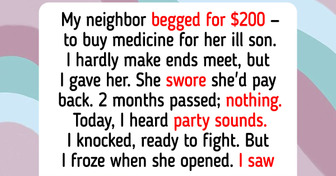6 Celebrities Who Undoubtfully Show Their Unique Body Features

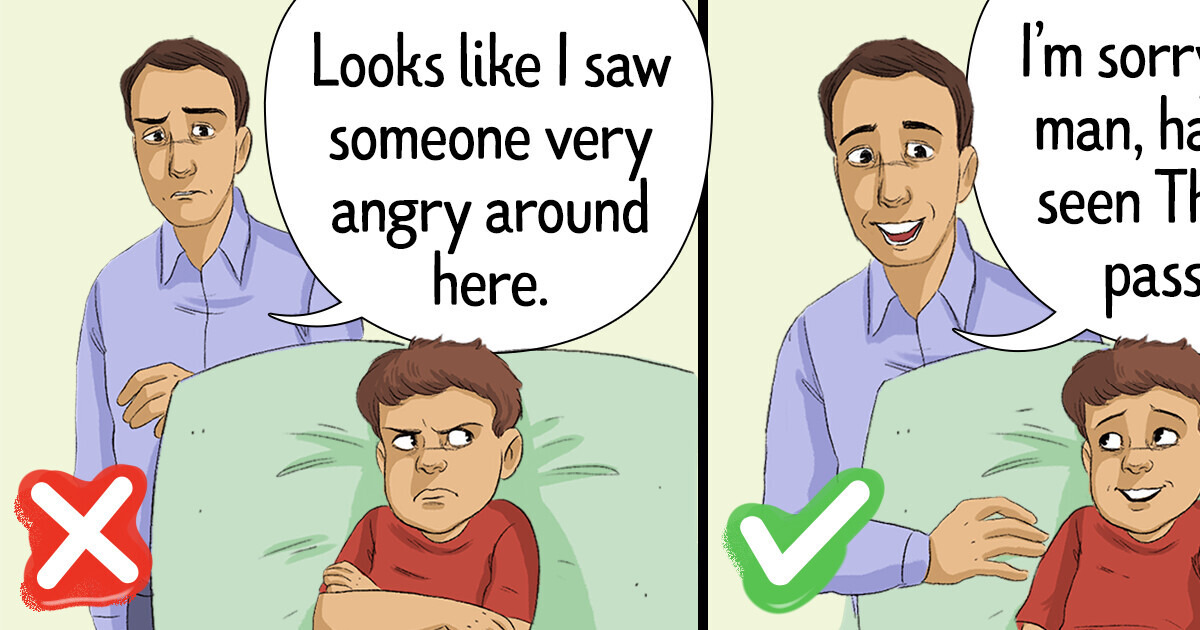
Along with cognitive development, there is a growing emphasis on social-emotional learning for preschool-aged children. Helping young children identify, understand, and regulate their emotions early on fosters greater confidence, sociability, and the ability to form healthy relationships. Games focused on social-emotional learning are an effective way to assist children in exploring their emotional experiences. Let’s take a look at some emotional learning activities you can engage children with.
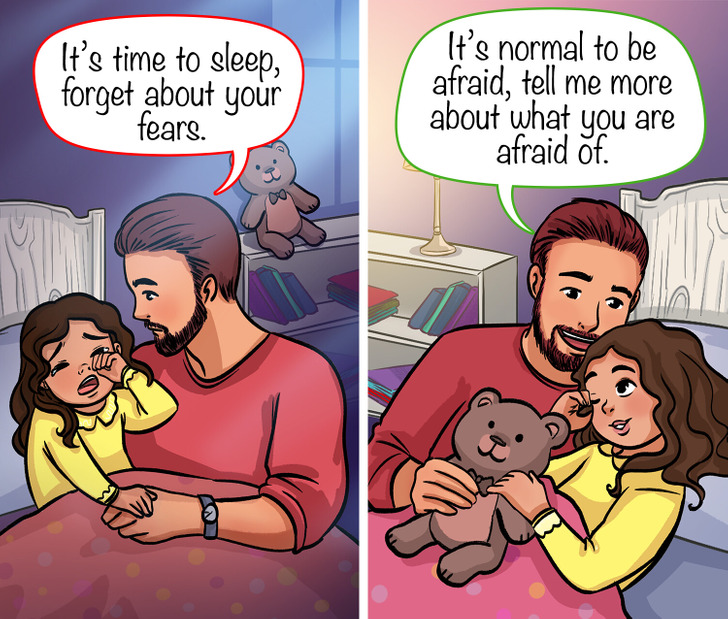
It is normal for children to experience fears, and as adults, it’s important to recognize and address these feelings. Offering a listening ear and providing reassurance is key. Encouraging children to express their emotions openly and reminding them that fear is a natural response to challenges is crucial. Sharing personal stories of how you’ve faced and overcome difficulties can also help ease your fears.
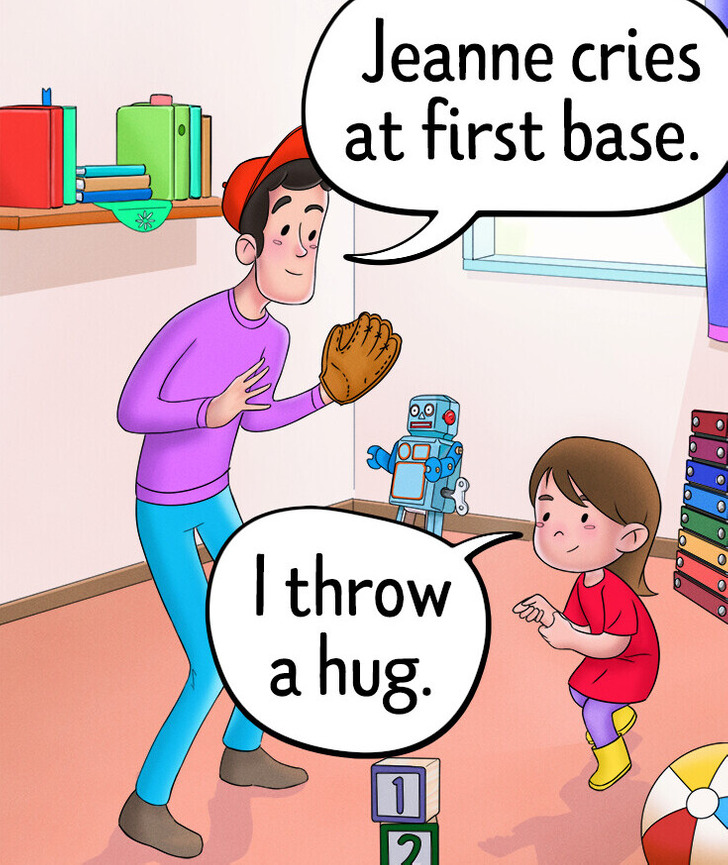
Emotional intelligence isn’t only important for kids but also adults. While adults can verbally express their emotions, children can’t always do that. So, instead of asking them what’s wrong, create imaginative scenarios and name trigger points differently. Maybe you can offer them a piece of paper and ask them to draw their emotions.
Or you can help them express what’s bugging them by creating a fictional story. If you know they are bothered by something you did, turn yourself and your kid into characters and ask them whether your character annoyed your kid’s character. It’s easier to answer when questions don’t mention your name.
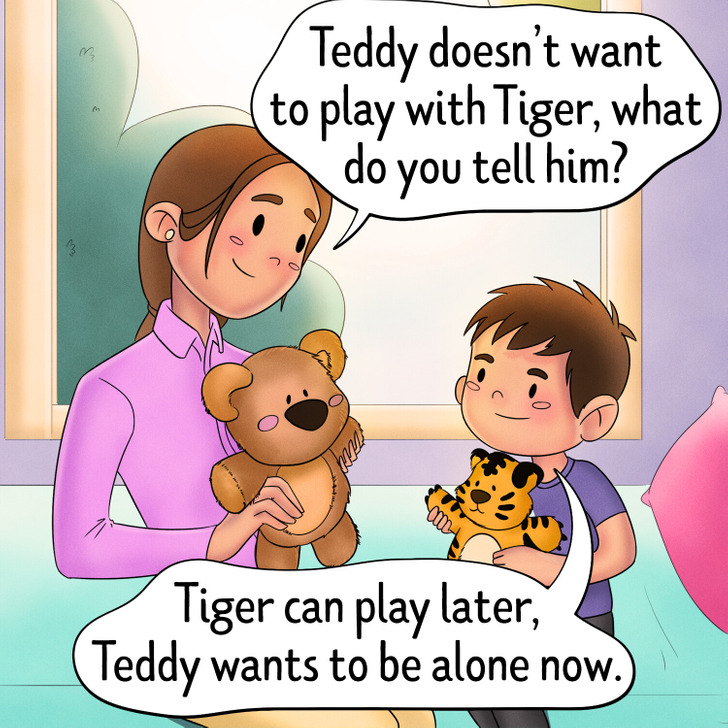
It’s not unusual for kids to get involved in various activities when they are experiencing certain emotions. They may jump on a trampoline, kick a ball onto a wall, listen to music, or get lost in their phones. This is zone red and you can ask them which activity will get them back to green.
If they are very upset and can’t get their energy regulated, try to get them to stop whatever it is they’re doing and take a deep breath. If that means getting in a tent with them until they’ve poured out their emotions or jumping around with them until they feel better, do it.
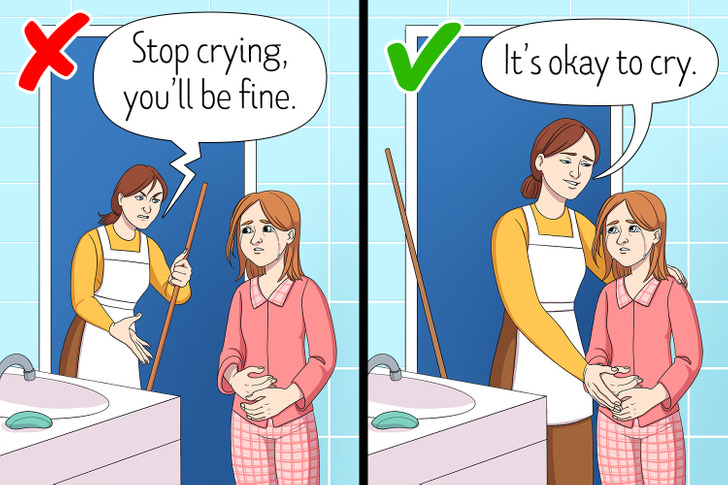
Telling your child to stop crying makes them feel pressured to suppress their emotions, which can ultimately lead to self-doubt and anxiety over time.
When your child is upset, it’s important to acknowledge and validate their emotions. Crying is a natural expression of feelings, and if parents dismiss or ignore this, it can harm the child’s self-esteem. Tears should not be seen as something negative or shameful; instead, they are a valid emotional response that deserves understanding and respect.
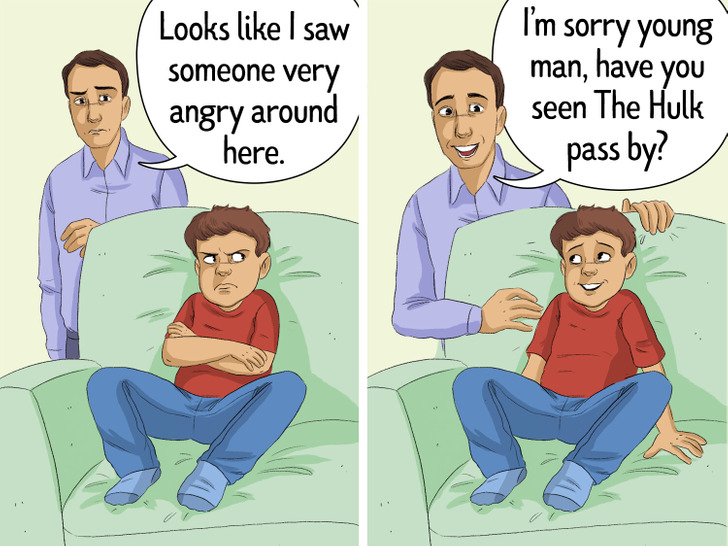
Humor is a crucial part of social-emotional learning and a wonderful way to get kids to recognize their emotions and move past them. We know it’s hard to come up with a good joke when your kid is having a meltdown or is feeling triggered. However, take a deep breath, calm down, and adopt a more playful stance.
This emotional learning activity isn’t only necessary for adults but also for kids. That’s why many teachers divide their classes into groups and offer them hypothetical scenarios, encouraging them to think of jokes.
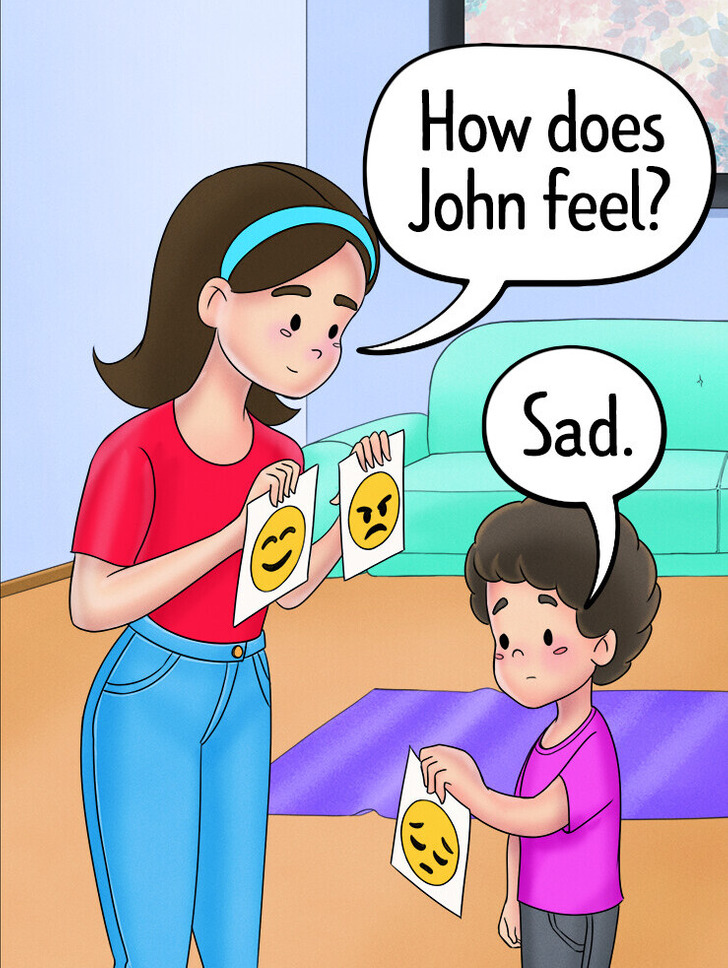
Teaching kids emotions and how to recognize them by name is essential in developing their skills. Instead of simply asking kids to tell you how they feel, they may pick an image that describes their feelings the best. For instance, they may not know that the emotion of anger comes with a frowny face and clenched lips. Once they see it, they may understand that this is exactly how they feel.
However, you can try this emotional learning activity in class or at home even when a kid isn’t experiencing extreme emotions. Simply use the cards and ask them to identify each emotion.
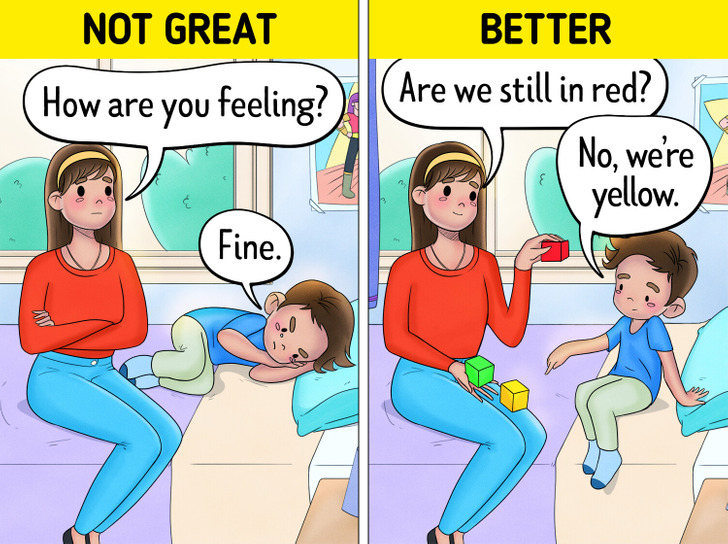
Sometimes we forget that children feel the same emotions as adults. However, they just don’t have the vocabulary to express them. Instead, they deal with them by externalizing their emotions, making facial expressions, whining, or even through play. Thus, it’s important that when children are faced with a conflict, we help them identify their emotions.
To do this, it’s best to ask them what they feel in the right way, avoiding simple questions with vague answers and using specific questions to identify the emotion. You can also use emotional learning activities, including visual and interactive methods for the child to associate their emotions with a facial expression through a visual feelings chart or an emotion thermometer.
No parent is perfect and instead of thinking you do no wrong, it’s best to question your approaches. Sometimes you need psychological tricks that get kids to listen to you instead of ignoring you.








